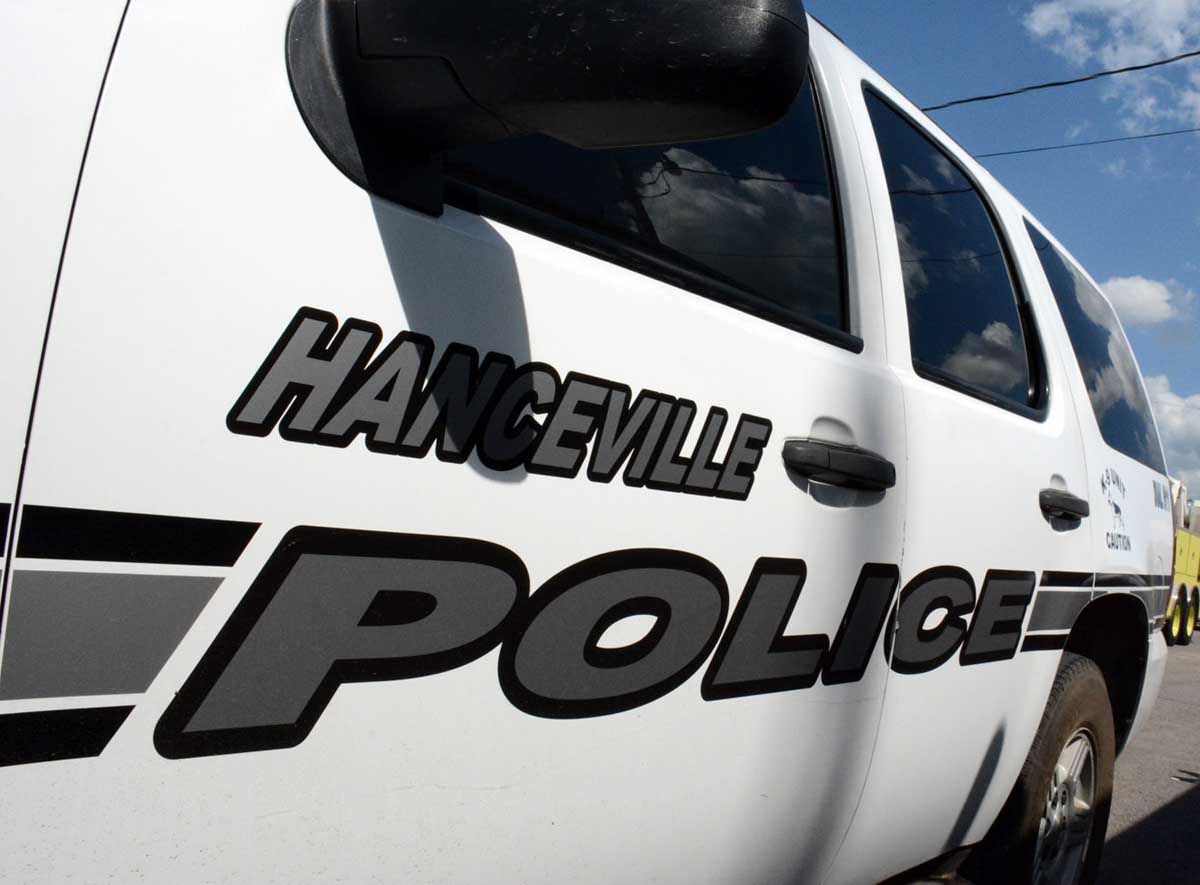Pain at the Pump
Published 3:26 pm Wednesday, March 21, 2012
For the average person, the price of gas is no laughing matter.
Trending
Three years ago the cost of a gallon of regular gas was about $1.79, and now locally it is about $3.59. As summer driving season approaches, don’t be surprised to see gas prices increase as it normally does.
Clay Ingram, AAA Alabama manager in Birmingham, said sticker shock at the gas pump is not over.
“This is the time of year when we typically see increases in gas prices because of increased demand, spring break and summer is coming,” explained Ingram.
Each year it seems that oil companies raise gas prices, for whatever reason, just as families prepare for a summer vacation.
“Even though demand is at a 10-year low, I expect to see it increase this spring and summer and remain steady,” said Ingram. “We probably will continue to see prices drift up over the next couple of months. We actually started going up faster than we typically do.”
Even with declining demand, it appears that prices are still rising every week. As the temperature goes up, so has gas. The record for a gallon of regular unleaded gas was recorded at $4.05 as prices peaked in September 2008.
Trending
“There is a chance we could break that record this year,” said Ingram. “I am still not convinced we will hit the $4 mark, and it is a possibility. But if we do I don’t think it will break it that much. I am still not convinced yet.”
As summer approaches, the burning question to stretch gas mileage is: Roll the windows up and turn on the air conditioner, or roll down the windows and drive?
“That has been a highly debated subject for years,” said Ingram. “Research has determined there is some truth to both sides. The magic number is 35 miles per hour. If you drive less than 35 miles per hour, you are better off with your windows down. If you are driving at speeds over 35 miles an hour, you are better off with the windows up and the air conditioner on due to wind resistance or wind drag.”
Many motorists don’t think there is anything they can do about the rising cost of going anywhere, and perhaps feel helpless. But there is hope. By using some common sense, adjusting driving habits, reducing unnecessary trips and hunting for the lowest local prices, money can be saved.
Here are some tips by AAA Alabama that motorists can use to their advantage and reduce the sting of filling up a car, truck or SUV.
- Verify that your tires are filled with the proper amount of air. Under-inflated tires can cut fuel economy and cause improper tire wear.
- Avoid fast starts whenever possible.
- Use the proper octane fuel for the vehicle.
- Try to maintain a steady, consistent speed.
- Avoid letting the engine idle for more than a couple of minutes.
- Drive a little slower. The faster a car is driven, the more gas is used.
- Cut down on unnecessary trips. Plan your driving so that many errands can be accomplished on one trip.
- When there is a choice of driving more than one vehicle, use the one that gets better gas mileage.
- On warmer days, many motorists roll down the windows because it is believed to save gas. Not so. Driving with windows down increases resistance from air flow, so it is better to have the windows up and air conditioner on.
- Consider carpooling with fellow employees and take turns driving weekly.
- Reset trip meters after the car is refilled with gas to keep up with how many miles per gallon are achieved with the new driving habits.
- Check with a mechanic that the vehicle is properly tuned and running as efficiently as possible.
- Remove the tailgate from pickup trucks when not carrying loads to enhance aerodynamics.
- When not in use, remove bulky roof storage containers to reduce wind drag.
“Using the right octane fuel is a big one,” said Ingram. “People think if they go up in octane that they are giving their car a treat by helping their car to run a little bit smoother or better. That used to be true 20 or 30 years ago, but now cars are designed to run on a specific grade of fuel. If you run anything different, then your engine is going to have to work harder to burn it. The owners manuel will tell you what octane fuel to run. Ninety-five percent of cars are designed to run on 87 octane fuel which is regular unleaded gas. The other five percent are your high-end cars like BMS, Mercedes and require higher octane. So if you are burning higher octane fuel that what it was designed and think you are helping your fuel mileage, you are hurting yourself in two ways. First, you are paying a higher price for the fuel. And secondly, you are getting less fuel economy.”
Keep up with gas prices by visiting www.fuelgaugereport.com which is maintained by AAA Alabama. Price data is collected from 85 percent of gas stations in America and is updated daily, Ingram said.
ere





